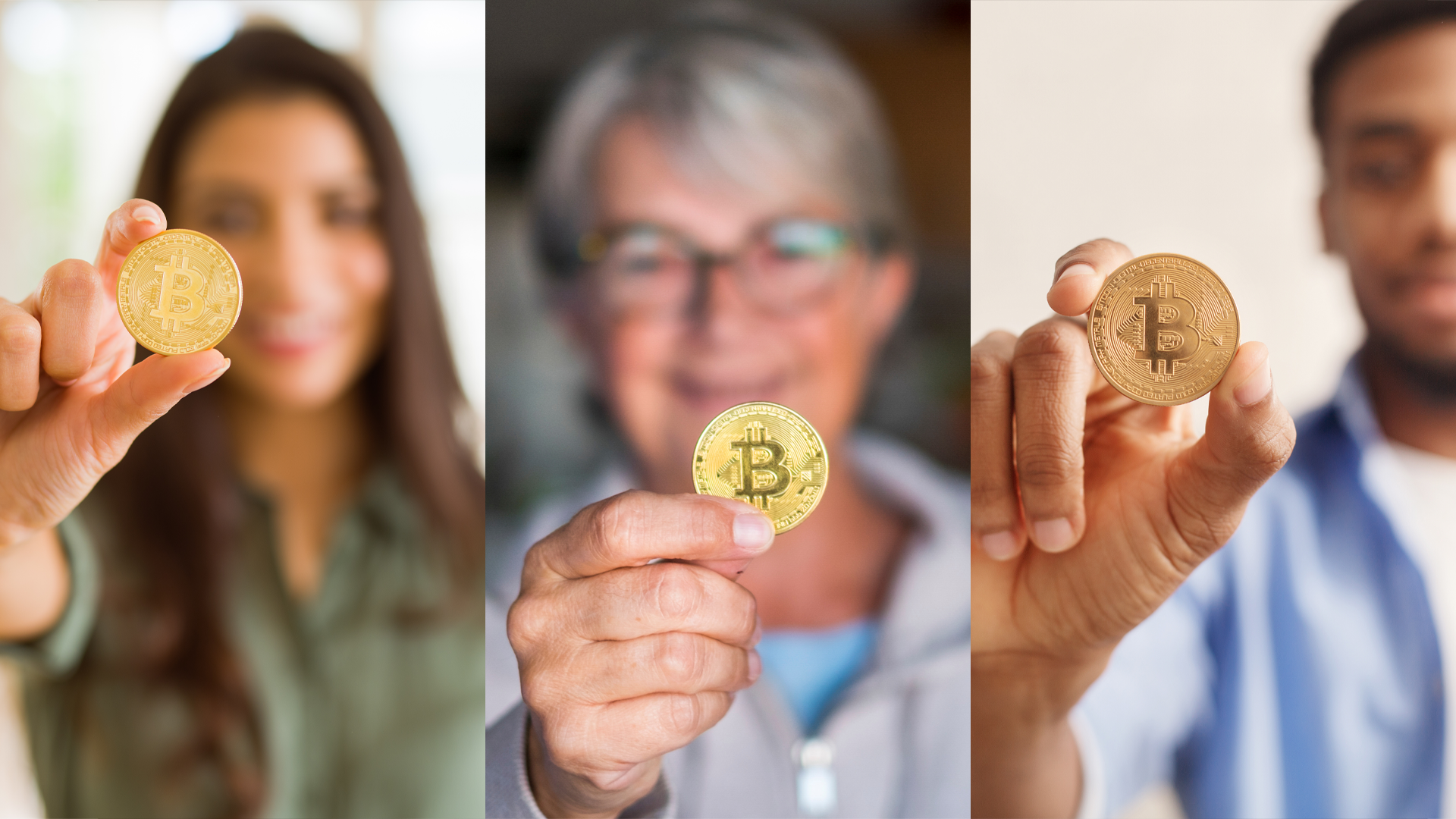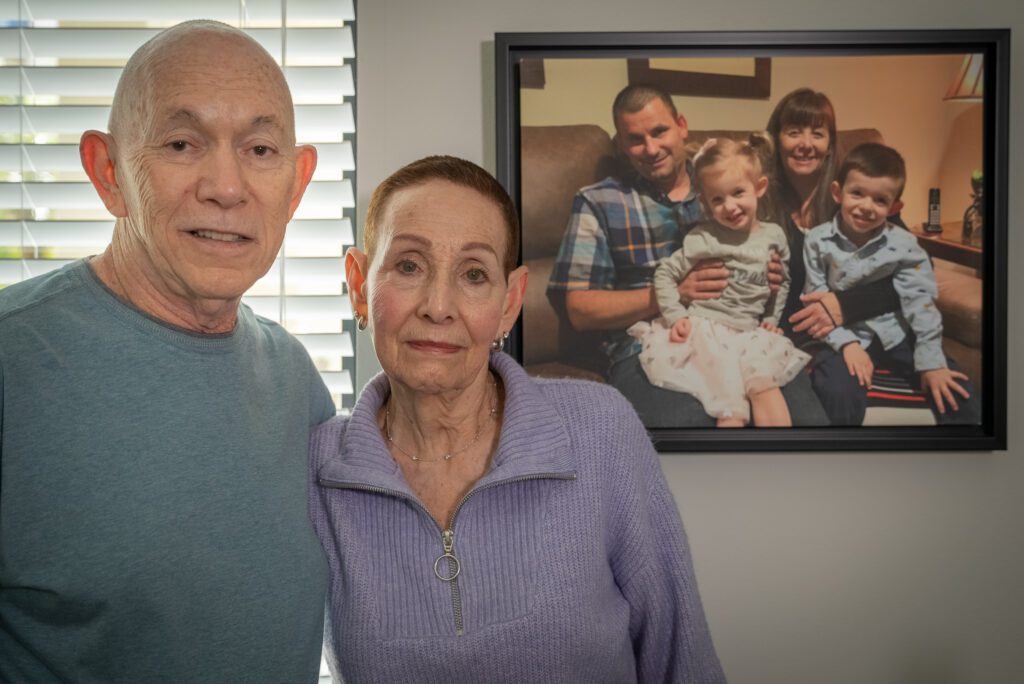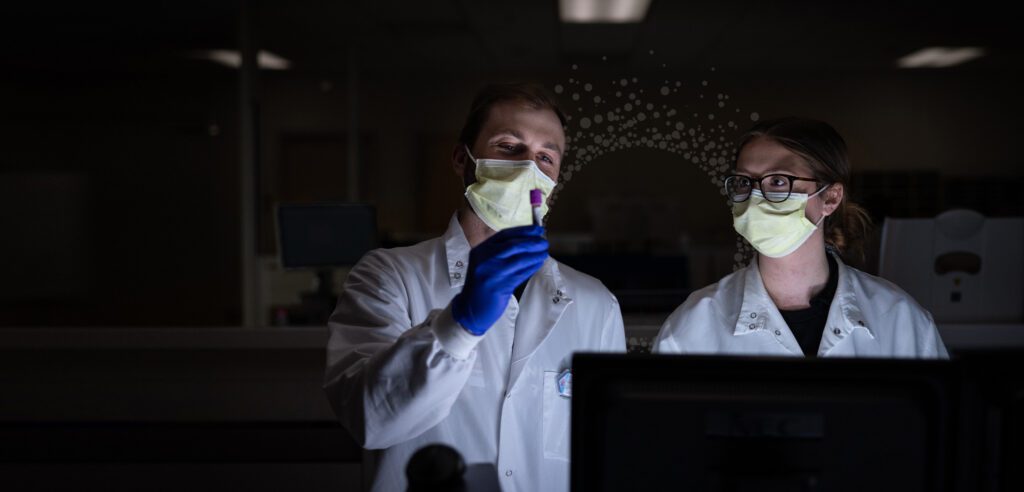Donations of cryptocurrency are soaring. According to a recent report, The Giving Block—a platform that helps nonprofits accept crypto donations—oversaw nearly $70 million in digital donations to charities last year, an increase of 1,558% from 2020.
In the same period, The Giving Block noted a 900% increase in the number of nonprofits accepting cryptocurrency donations, from about 100 in 2020 to 1,000 in 2021.
The numbers are only expected to climb. With its ease and benefits, donating crypto appears to be here to stay.
“Donating cryptocurrency makes a lot of sense,” says Shane Barnhill, director of digital analytics and technology, Phoenix Children’s Foundation. “You have the choice to donate anonymously. You can avoid capital gains taxes. Plus, it’s secure and flexible. You can choose from dozens of different coins to donate.”
Of course, the best part of donating cryptocurrency to Phoenix Children’s is the chance to make a difference in the lives of sick and injured children throughout Arizona.
Here’s how to dive into crypto philanthropy, starting with how to buy it.
How to buy crypto
To own cryptocurrency, you need to buy it. To do that, you need to choose a platform. For most people, that means choosing an exchange or a broker.
An exchange is a place where buyers and sellers meet to trade their digital coins. Some well-known exchanges include Coinbase, Gemini and Binance.US. Certain exchanges only let you buy crypto with another type of crypto, though, so if you’re new to the crypto space, you might need to find an exchange that lets you buy your digital coins with U.S. dollars. Also, you should know that not every exchange offers every type of cryptocurrency.
Like traditional brokers, crypto brokers join exchanges to buy and sell funds on your behalf. The best-known crypto brokers are Robinhood and SoFi.
Once you’ve created an account with either an exchange or a broker, you need to deposit money into the account. That could be by linking your bank account, authorizing a wire transfer or paying with a debit or credit card. (It’s important to note that paying with a credit card is more expensive because credit card companies process crypto purchases as cash advances. That means they’re subject to higher interest rates than normal and require you to pay cash advance fees.)
Then you’re ready to hit the market. On an exchange, simply enter the ticker symbol and amount of the coin you’d like to buy.
How to set up a crypto wallet
Once you’ve bought crypto, you need somewhere to store it. Exchanges are not regulated, meaning they’re not backed by protections like the Federal Deposit Insurance Corporation (FDIC), so they’re at risk of theft or hacking.
Crypto wallets are like online bank accounts for your cryptocurrencies. They’re either physical devices or online software you use to securely store, send and receive crypto funds. Some exchanges offer built-in wallets, but not all do. In that case, you’ll need to set up your own.
Different wallets are designed for different uses, so you’ll want to pick one that aligns with what you need. What you choose may also depend on which wallets support the kind of coin you have. For example, MetaMask, a popular wallet, supports Ethereum, Binance Smart Chain, Polygon and Avalance. It doesn’t support Bitcoin.
You also need to remember that, despite some similarities between cryptocurrency wallets and traditional online bank accounts, crypto wallets work much differently.
For example, cryptocurrency transactions can’t be reversed. That means there are much higher standards when it comes to your wallet’s security. You are also in complete control of your crypto. While you may consider that a positive, remember that if you forget the password (called a private key) to your wallet, you may have lost your crypto.
If you do lose your private key, you may be able to use something called a secret, or seed, phrase—12 to 14 words that serve as a backup password—to open your wallet. Keep both your private key and seed phrase secret. No one should ever ask you for your seed phrase. If they do, it’s most likely someone trying to steal your cryptocurrency.
The different kinds of wallets
• Hot wallet: A hot wallet requires an internet connection. It’s stored online and runs on a laptop, phone or desktop computer. While hot wallets are convenient, they’re at risk of theft and hacking since they’re connected to the internet. MetaMask is the most popular hot wallet for beginners; other popular beginner hot wallets include Coinbase Wallet, Exodus and Trust Wallet.
• Setting it up: To set up a hot wallet, you simply need to download the app to a phone or install the browser extension. Don’t forget to name your wallet, come up with your passwords and write them somewhere private.
• Cold wallet: Also known as a hardware wallet, this type of wallet is not online and is separate from your laptop, phone or desktop computer. For this reason, it’s much more secure than a hot, or online, wallet because it’s less susceptible to hacker attacks. However, if you lose the device or can’t remember your passwords, you’ve lost your funds.
Setting it up: Once you’ve bought a hardware wallet (popular options include Trezor One or Ledger Nano X), follow the instructions that are included for how to set up the device. It usually includes three steps:
- Downloading the software to your computer
- Writing down the recovery passphrase for your private keys
- Connecting the hardware device to your computer
How to transfer crypto
Donating crypto usually involves transferring digital assets from your wallet to the beneficiary’s wallet. Many charities use a third-party processor, like The Giving Block, to manage crypto donations. The third party converts the donation to cash on behalf of the charity.
When you donate this way, you avoid having to pay capital gains taxes as long as you’ve held the crypto you donate for more than one year.
To donate to Phoenix Children’s, visit our “Donate Cryptocurrency” page and go to the donation form. Select the type of cryptocurrency you’d like to donate and the amount, then select CONTINUE.
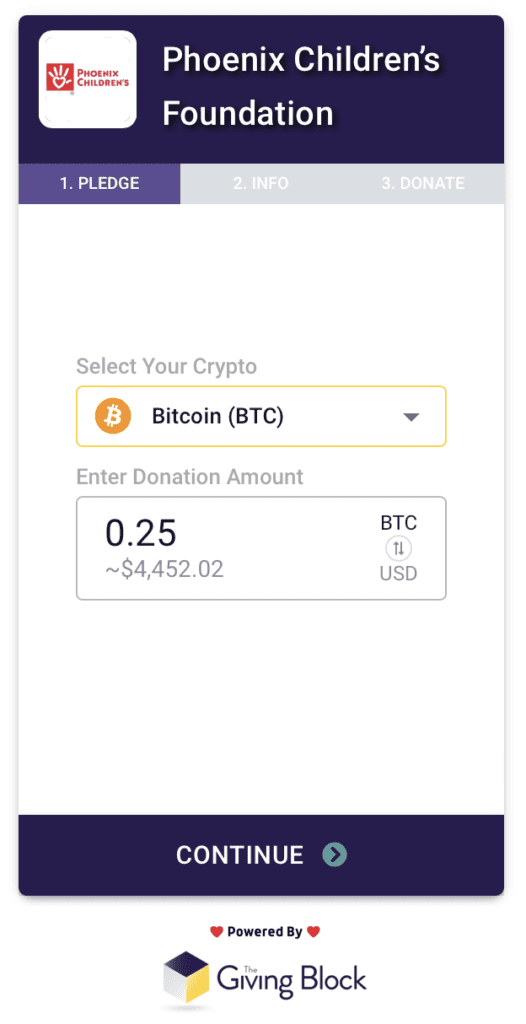
On the next page, you can either fill out your personal information or donate anonymously by selecting the “Donate Anonymously” checkbox. Again, select CONTINUE.
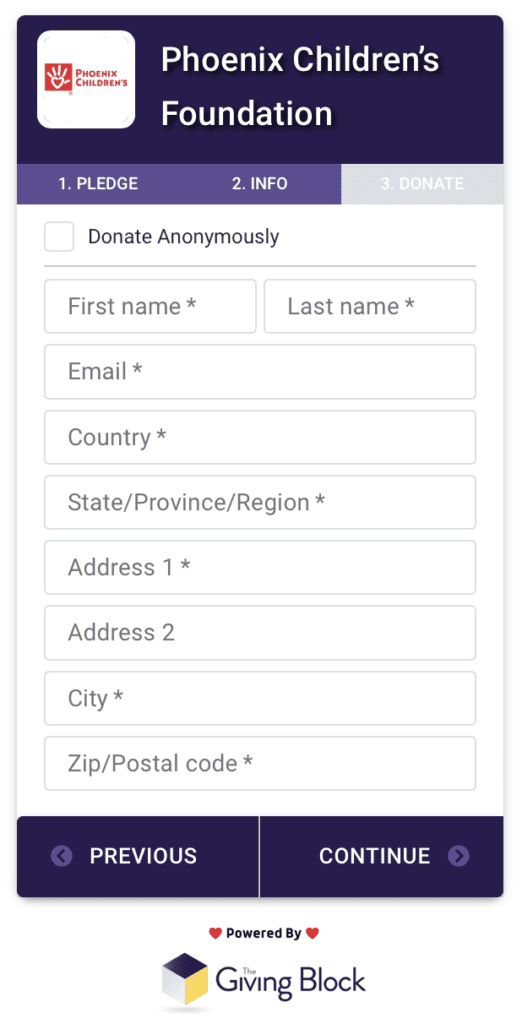
Even if you choose to donate anonymously, you can get a tax receipt sent to you by entering your email address. Either enter your email address and select GET RECEIPT or select SKIP.
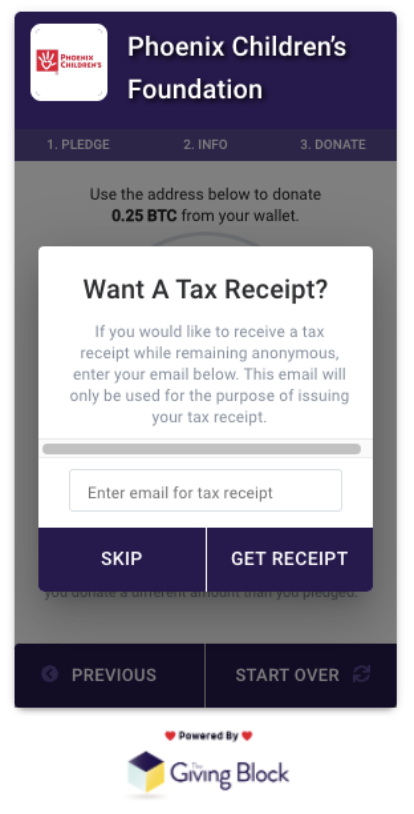
Finally, copy the wallet address for Phoenix Children’s.
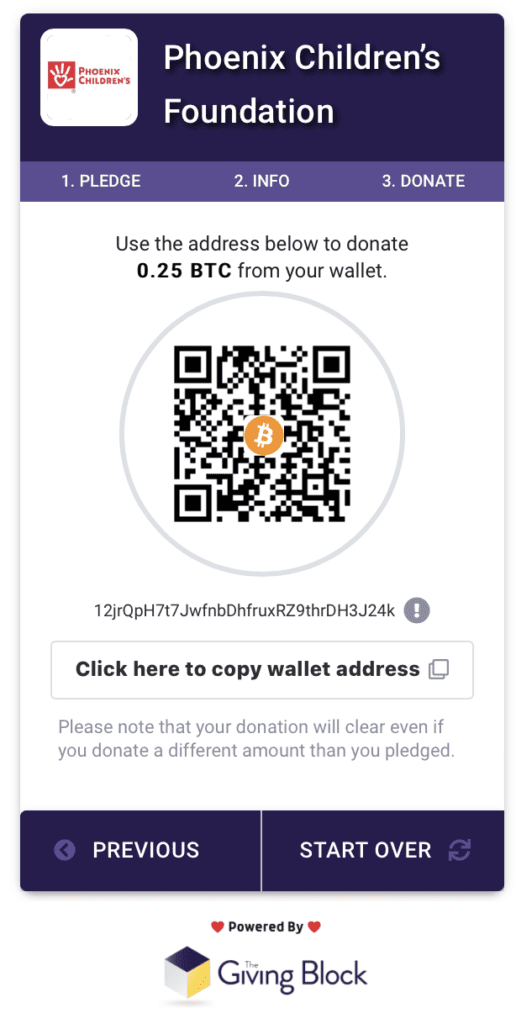
Open your hot wallet and paste this address into the applicable section of your wallet to send your crypto donation to Phoenix Children’s.
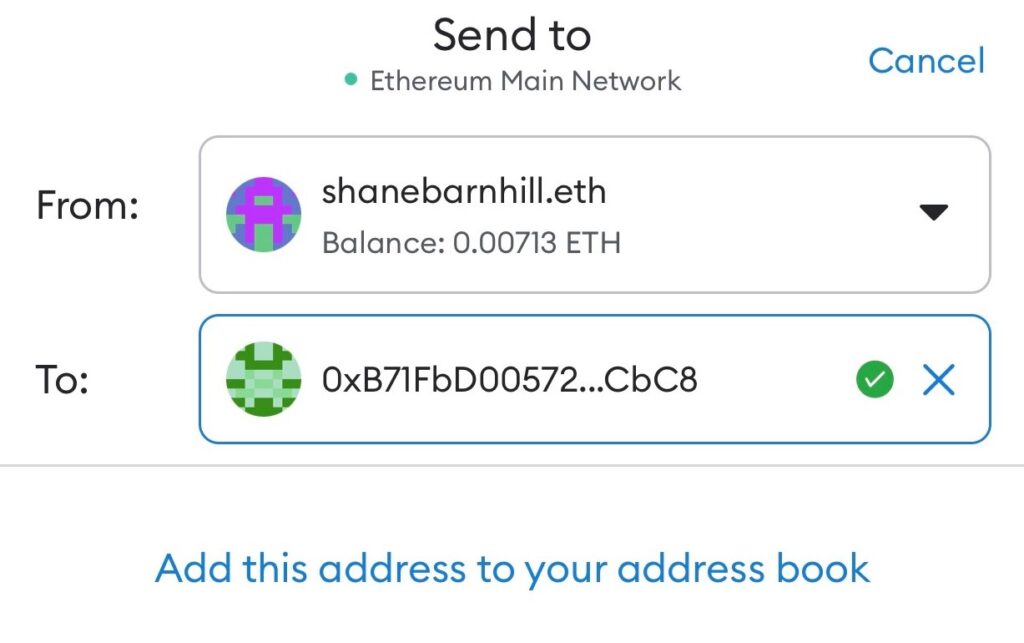
Crypto and taxes
Because the IRS treats cryptocurrency as property, you must pay taxes on any gains or income you earn when you buy, sell or exchange it. If you itemize your charitable deductions, you may be able to claim a tax deduction when you donate crypto. Generally, you deduct the fair market value of your cryptocurrency at the time of your donation and don’t have to pay capital gains taxes.
Here are some resources you can use to navigate what you need to know about how crypto is taxed:
- Cryptocurrency Taxes for 2022: How to Reduce Liability & Invest in Good
- Crypto Tax Survival Guide
- IRS: Frequently Asked Questions on Virtual Currency Transactions
If you have questions, email foundation@phoenixchildrens.com. We’re here to help.
If you’re ready to make a crypto gift to Phoenix Children’s, we can help you get started.

